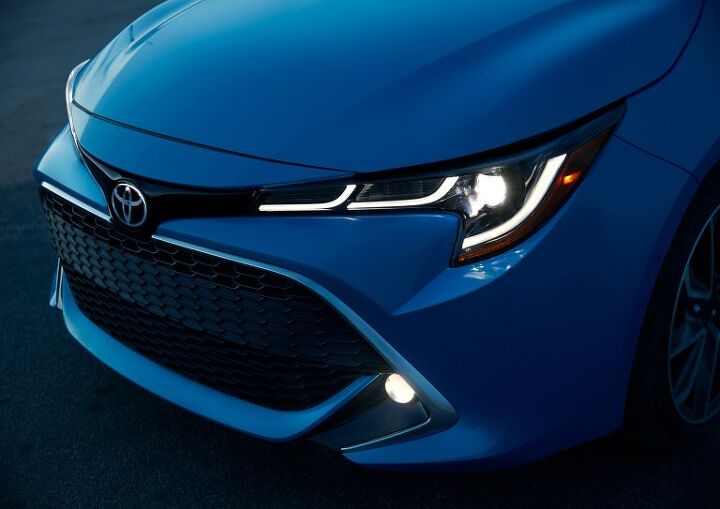#i-walk
Toyota Ramps Up Electrification Timeline, Outlines Nuanced Strategy
Following announcements that Toyota would be working on a shared electric vehicle platform with Subaru, as well as a jointly developed crossover, the brand conducted a press conference on Friday regarding its decision to “popularize BEVs.” While the announcement didn’t deal with the specifics of cutting-edge tech, auxiliary business opportunities, or even a total shift toward battery electric vehicles, it did represent a major commitment from a manufacturer that’s notoriously cautious in its decision making.
Opening the conference, Executive Vice President Shigeki Terashi focused largely on the challenges of electrification. Terashi said Toyota’s intent has always been to support “social progress” and curb CO2 emissions while acknowledging that it had only made formal commitments to electrification within the last couple of years. However, he showed that the automaker has been busy within that time, and had several initiatives in the works aimed at repositioning Toyota as a mobility brand, by outlining the company’s extremely complex EV strategy.
Buckle up, because there is a lot to this — including some new cars.
Toyota Debuts Concept-i Series of Electric 'Mobility Solutions'
While we enjoy a concept car that isn’t set so far into the hypothetical future that it’s almost impossible to imagine the world in which it could exist, it’s also fun to see less-than-realistic designs emerge in a vehicle that is pure science fiction. Pursuing the latter mindset, Toyota has decided to expand upon the original Concept-i car with an entire series of “mobility vehicles” — each intended to help deliver a tomorrow where you are no longer required to walk.
Now part of a full lineup of experimental vehicles, Toyota views the Concept i-Ride and Concept i-Walk as supplementary modes of transportation for last January’s original four-seat concept. That vehicle debuted as more of a robotic friend than an traditional automobile. Toyota even went so far as to propose an artificial intelligence system that allowed the i-car to build a relationship with the driver that “feels meaningful and human.”

















Recent Comments